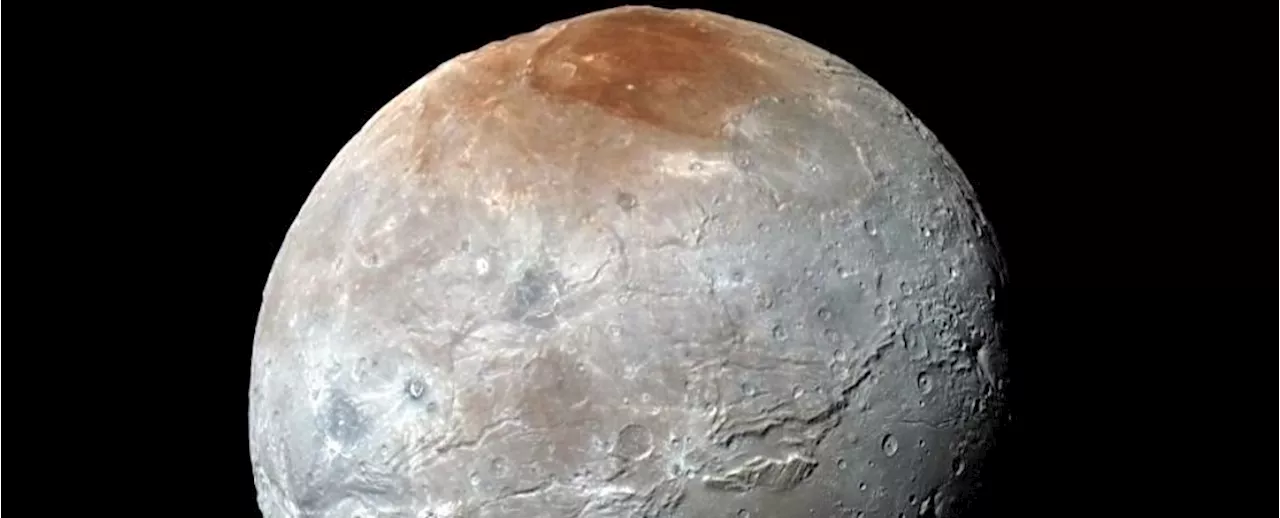The Best in Science News and Amazing Breakthroughs
In the outer reaches of our Solar System, 5.7 billion kilometres from the Sun, lies the dwarf planet Pluto. Smaller than Australia, it is an icy world of mountains, glaciers and craters where the average temperature is –232°C.
Pluto itself is already small when compared to our Moon, with Pluto being about two-thirds the size and one-sixth the mass of Earth's satellite. Charon's mass is about one-eigth that of Pluto's. Charon's composition is different to Pluto's and that of other objects beyond Neptune, which are dominated by nitrogen and methane ice.
In the case of Charon, it is believed the carbon dioxide comes from below the icy surface and has been exposed through asteroids and other objects hitting the moon and creating craters which reveal the fresh underground surface.Scientists were able to detect carbon dioxide on Charon thanks to observations from the groundbreaking James Webb Space Telescope. Launched in 2021, this space telescope has a large mirror, six-and-a-half metres wide, which makes it very powerful and sensitive.
These new observations of Charon showed the signatures of carbon dioxide and hydrogen peroxide, along with the other previously known water ice.The formation of Charon is a scientific mystery. One of the leading theories is that it formed in a similar way to our Moon. According to this theory, some 4.5 billion years ago, a large object in the Kuiper Belt – the area where Pluto and Charon live – collided with Pluto and part of it broke off and formed into Charon.
United States Latest News, United States Headlines
Similar News:You can also read news stories similar to this one that we have collected from other news sources.
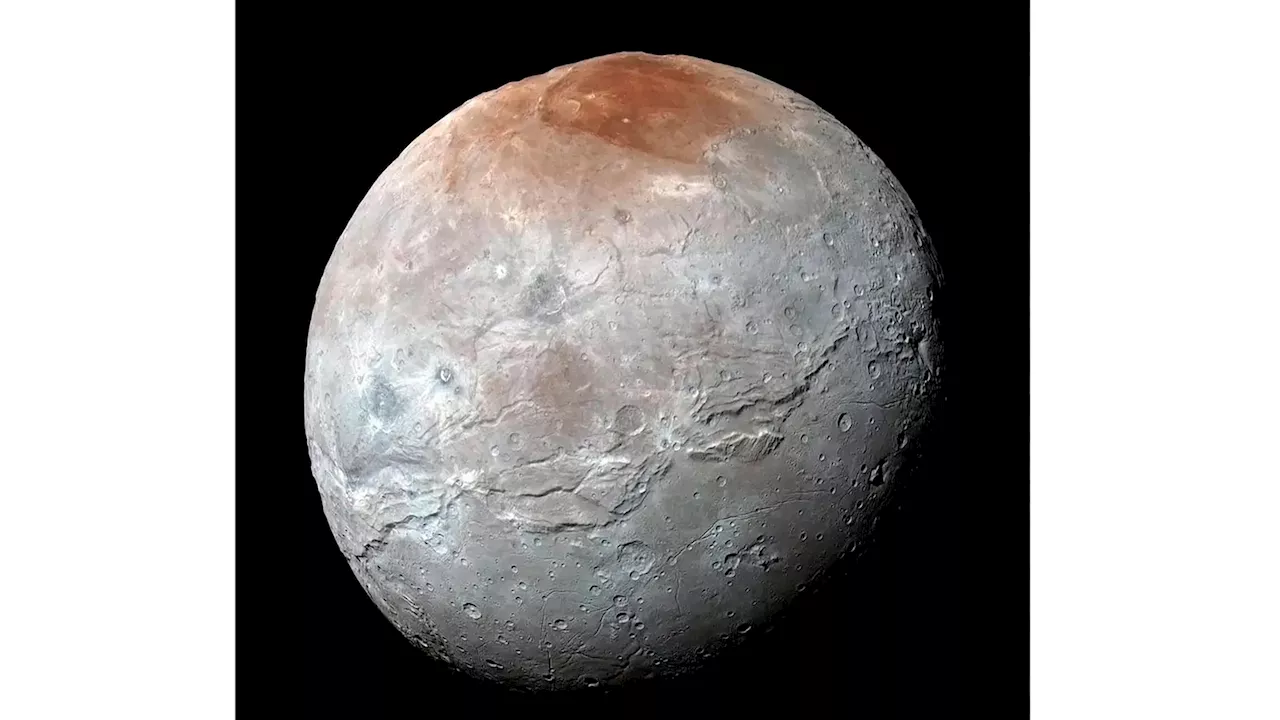 NASA's Webb telescope detects traces of carbon dioxide on the surface of Pluto's moonNASA’s Webb Space Telescope has identified new clues about the surface of Pluto’s largest moon
NASA's Webb telescope detects traces of carbon dioxide on the surface of Pluto's moonNASA’s Webb Space Telescope has identified new clues about the surface of Pluto’s largest moon
Read more »
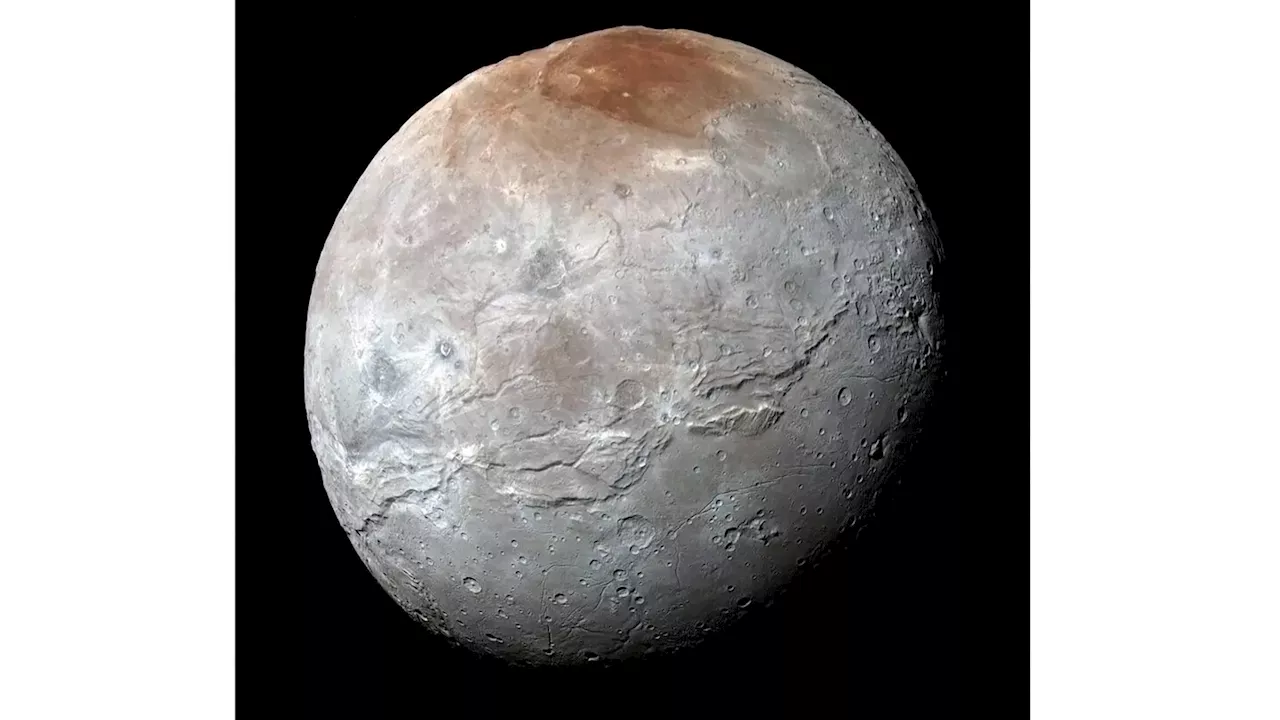 NASA's Webb telescope detects traces of carbon dioxide on a Pluto moonNASA’s Webb Space Telescope has identified new clues about the surface of Pluto’s largest moon. It detected for the first time traces of carbon dioxide and hydrogen peroxide on Charon's surface. Previous research, including a 2015 NASA flyby, showed that Charon's surface was coated by water ice.
NASA's Webb telescope detects traces of carbon dioxide on a Pluto moonNASA’s Webb Space Telescope has identified new clues about the surface of Pluto’s largest moon. It detected for the first time traces of carbon dioxide and hydrogen peroxide on Charon's surface. Previous research, including a 2015 NASA flyby, showed that Charon's surface was coated by water ice.
Read more »
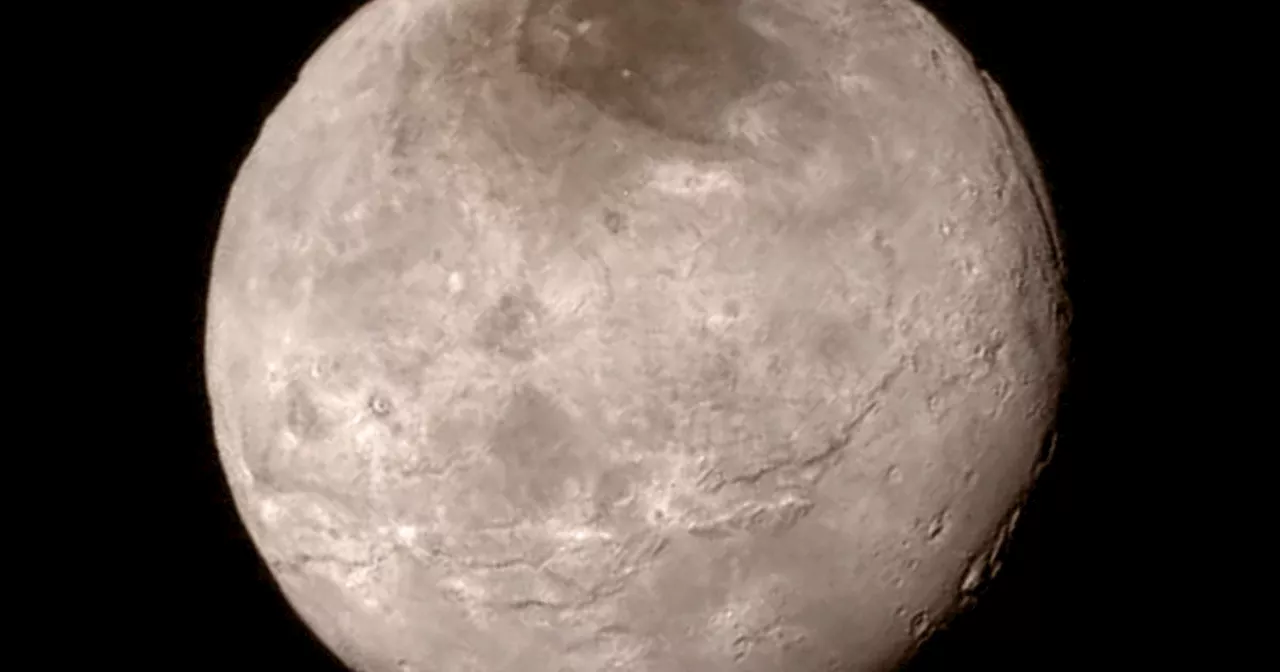 Webb telescope detects carbon dioxide, hydrogen peroxide on surface of Pluto's largest moonResearchers used observations from the Webb Telescope to identify carbon dioxide and hydrogen peroxide on the surface of Charon, Pluto's largest moon.
Webb telescope detects carbon dioxide, hydrogen peroxide on surface of Pluto's largest moonResearchers used observations from the Webb Telescope to identify carbon dioxide and hydrogen peroxide on the surface of Charon, Pluto's largest moon.
Read more »
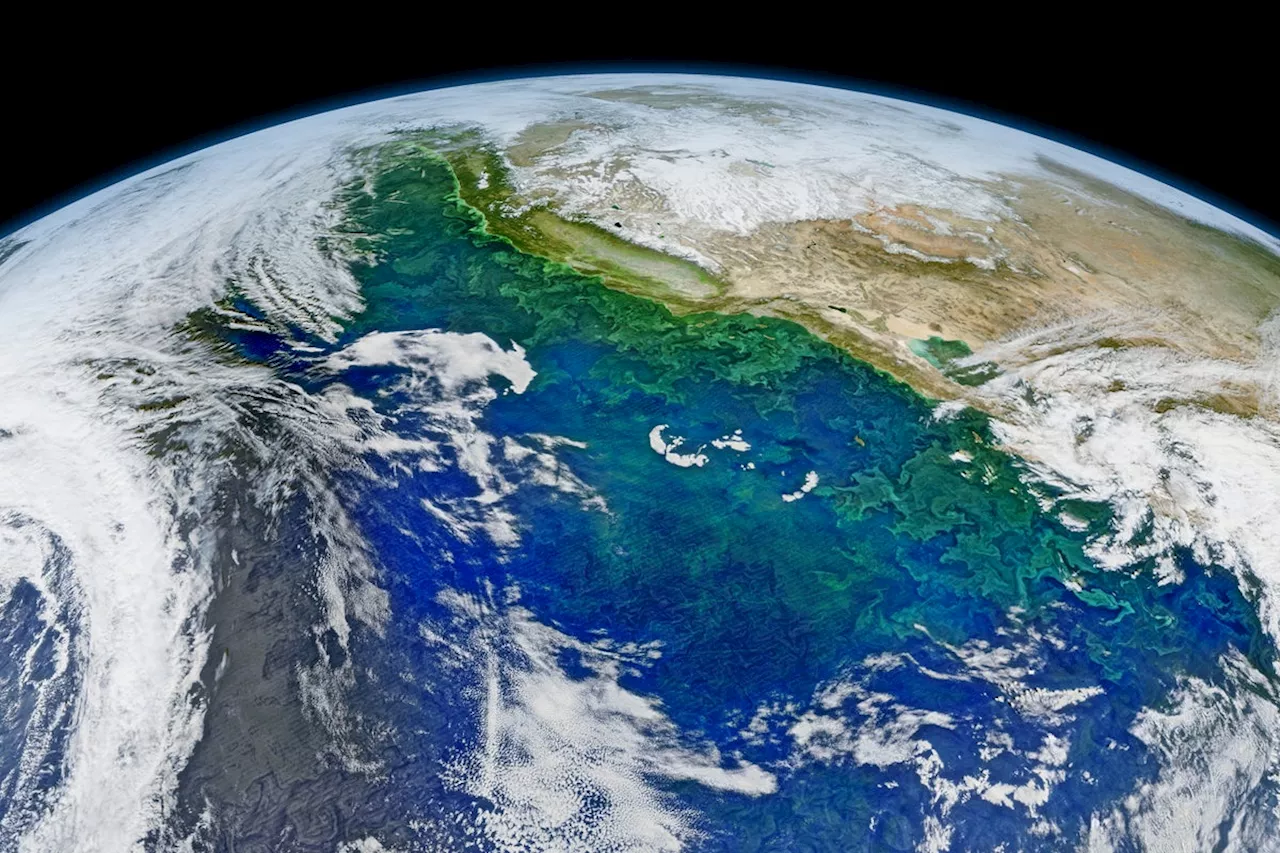 Scientists Will Engineer the Ocean to Absorb More Carbon DioxideA research consortium plans to revive geoengineering trials of the controversial iron fertilization technique to pull carbon dioxide from the air, despite public backlash
Scientists Will Engineer the Ocean to Absorb More Carbon DioxideA research consortium plans to revive geoengineering trials of the controversial iron fertilization technique to pull carbon dioxide from the air, despite public backlash
Read more »
 Exploring ternary metal sulfides as electrocatalysts for carbon dioxide reduction reactionsOne of the most promising avenues for actively reducing CO2 levels in the atmosphere is recycling it into valuable chemicals via electrocatalytic CO2 reduction reactions. With a suitable electrocatalyst, this can be achieved under mild conditions and at a low energy cost.
Exploring ternary metal sulfides as electrocatalysts for carbon dioxide reduction reactionsOne of the most promising avenues for actively reducing CO2 levels in the atmosphere is recycling it into valuable chemicals via electrocatalytic CO2 reduction reactions. With a suitable electrocatalyst, this can be achieved under mild conditions and at a low energy cost.
Read more »
 New underground wells could store carbon dioxide pollution for Microsoft and AmazonWells meant to store carbon emissions underground for clients like Microsoft and Amazon received draft permits from the Environmental Protection Agency.
New underground wells could store carbon dioxide pollution for Microsoft and AmazonWells meant to store carbon emissions underground for clients like Microsoft and Amazon received draft permits from the Environmental Protection Agency.
Read more »
